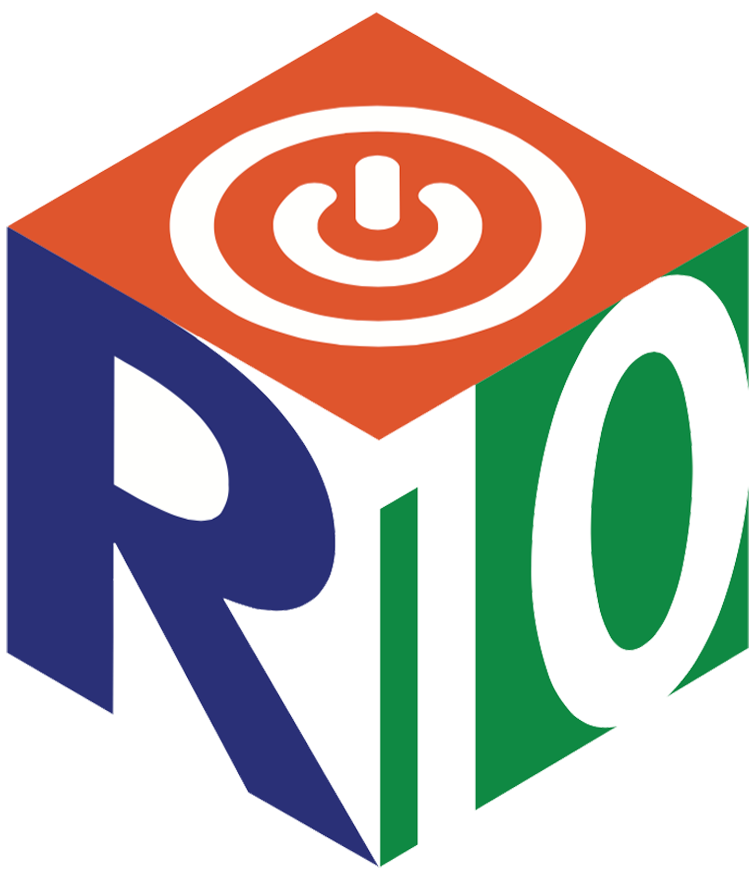LEGOs and toilet paper - two objects that don’t have much in common. However, for Layna Carranza, both items have presented hands-on learning opportunities for her students that she discovered through her participation in the Region 10 STEM cohort.
A seventh-grade math teacher at the STEM charter school Pioneer Technology & Arts Academy (PTAA) Oates in Mesquite, Carranza had already been attending Region 10 trainings held by STEM Consultant Samantha Bradbury. After Bradbury presented Carranza with the opportunity to join the STEM cohort, she was eager to explore how to connect STEM to her classroom.
“I feel like math is one of the hardest subjects to do projects and STEM in. We can do projects through science and technology, but I wanted to know ‘how do you incorporate it in middle school math? Why do you incorporate it?’” recalled Carranza. “So getting to be in this cohort really got my brain turning.”
Carranza is passionate about the incorporation of hands-on learning in the classroom. For her, these opportunities pave the way for students to not only learn the lesson more effectively, but also become better innovators.
“It helps kids figure out what they want to do when they get older. It helps give them their creativity because they get to learn from their mistakes and build a better understanding of the material,” explained Carranza. “They don't have that when you're doing paper and pen, because they tend to get frustrated with mistakes.”
When Carranza entered her first year of teaching, she tried to make everything she possibly could into a hands-on learning experience. However, COVID upended her approach and she began to struggle with bringing the project experience back into the classroom. She credits her participation in the STEM cohort with helping to reconnect her with opportunities for hands-on learning.
“I felt like that whole project experience was gone when we went back into the classroom after COVID because we were trying to hustle to fill a learning gap,” shared Carranza. “Participating in this cohort helped me to find my thunder again. It made me feel like the future isn’t going to just be all about tests. Now I'm able to bring new projects back to the classroom and make it work. It's actually really inspiring to feel that this is happening again.”
A creative thinker, Carranza has taken the projects she has learned about in the STEM cohort and repurposed them into hands-on math projects.
“During one STEM cohort project, we had to make something out of toilet paper that was supposed to represent a character. I got the idea that instead my students could build the character, but then measure the paper’s area and surface area,” shared Carranza. “When we added the little features to make the toilet paper a character, they talked about how they never thought that they needed to know how much space it had. I said, ‘There's a reason why we have to do these formulas in here.’ It was a really good connection!”
Whenever Carranza has any difficulty with connecting a project back into her classroom, she knows that she can always get in touch with one of her fellow cohort members to talk and brainstorm. For Carranza, this has made the STEM cohort a unique learning experience.
“We have kind of made it like a family. It has brought a sense of community together, because we do a lot more hands-on activities and social working. When you go to other PDs you don't know anybody, but these are always the same people, and that has brought connection,” shared Carranza. “That familiarity makes you more comfortable with asking questions and talking. I remember we once met up during lunch, and I was able to talk to them about a project I was having trouble implementing into my class.”
Her passion for STEM led to her pursuing her national STEM certification this past year. When she attended the Region 10 EcosySTEM Exchange this past September, she received her white coat as recognition for her completion of the program. Her biggest takeaway from the day, however, came from a LEGO activity where she had to sit back-to-back with a partner and give instructions on how to build the same structure.
“I loved that analogy because you might be teaching the material one way, or saying it one way, but the students are understanding in a different way,” she recalled. “I am actually going to do a PD over it with our teachers at PTAA, so they can also see the same connection.”
As she continues to make new connections to bring back to her classroom, Carranza believes she has made lasting connections throughout her experience in the STEM cohort.
“I have made lifetime connections in this cohort, and I really feel like no matter what, these people have your back,” she shared. “I’ve been a teacher for around 10 years, and I feel like I've gotten more professional development from this cohort to help me grow as a teacher than I have with any other thing that I've done."

